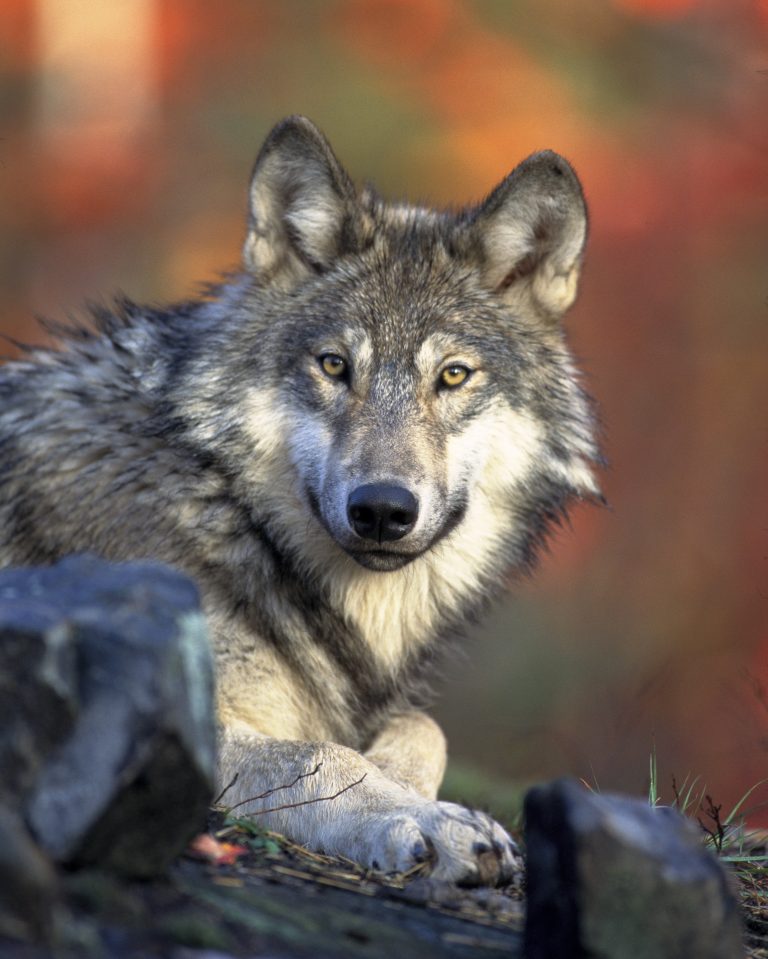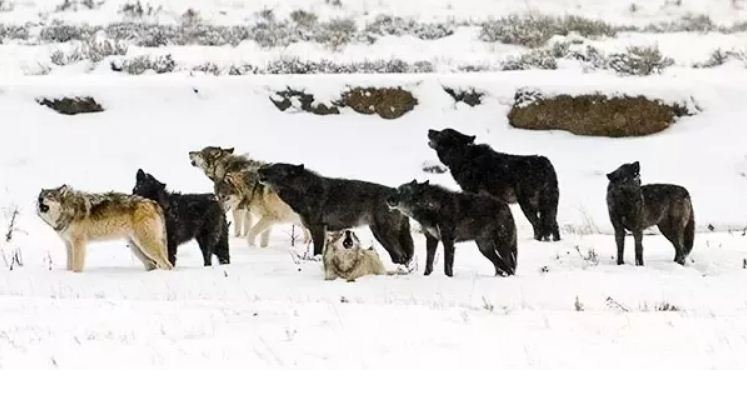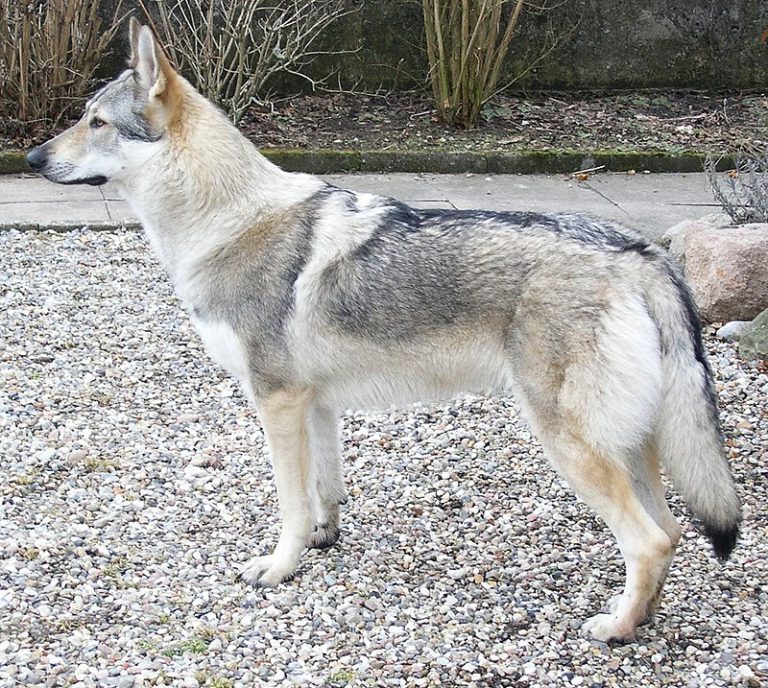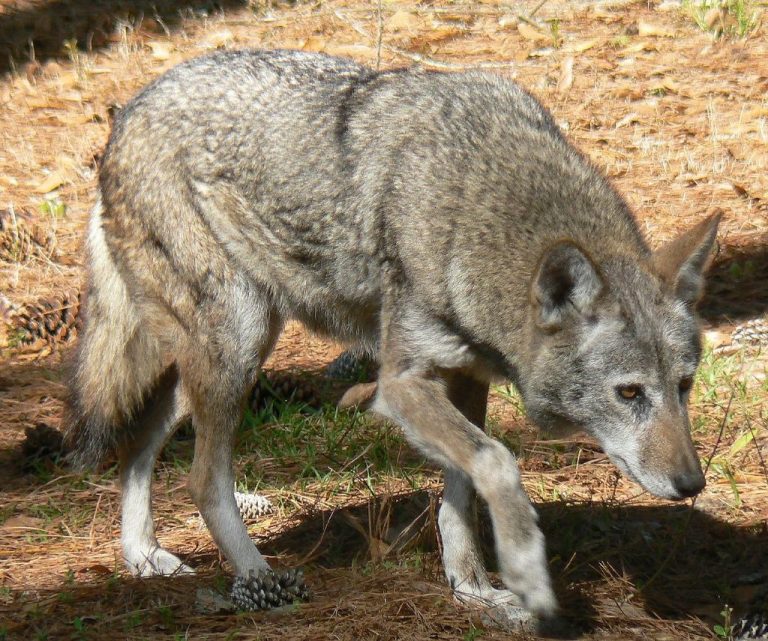Non-Lethal Wolf Control: 5 Strategies That Work
Executing wolves to end conflicts could make matters worse. Here are some better wolf control strategies instead.
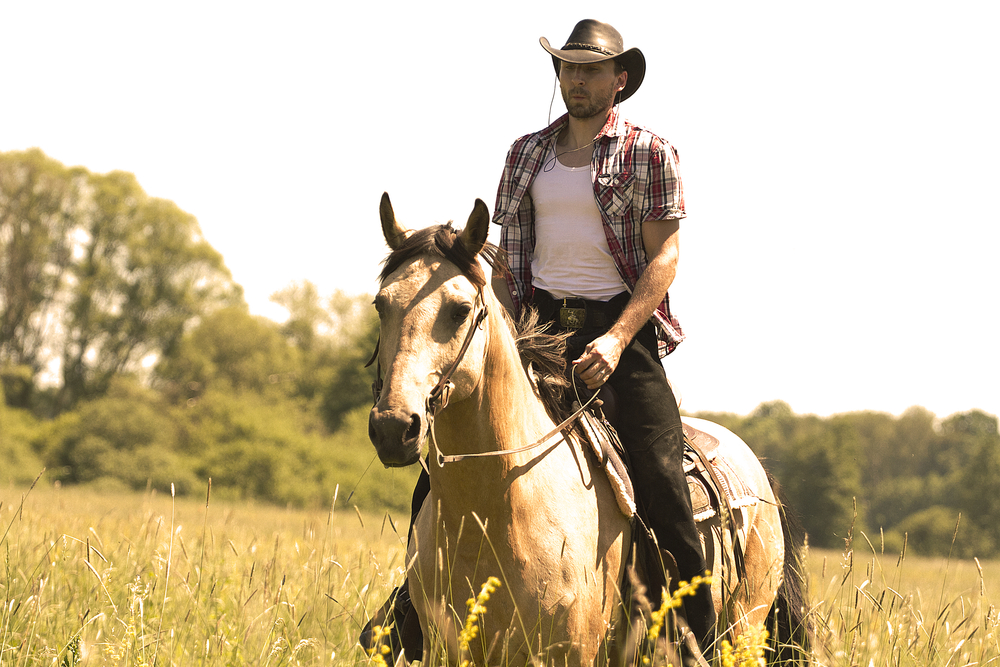
For generations now, livestock breeders had one method of getting rid of troublesome wolves: Just execute them. Especially the Alpha of the pack.
However, with time it’s becoming clear that this doesn’t solve the problem. It may even make it worse.
In fact, a study indicates that killing a wolf can increase the risk of future attacks from other wolves.
Below we take a quick look at the major issues in wolf control, lethal and non-lethal, as well as some strategies that could save wolves while still preserving livestock.
Brief History Of Wolf Control
Wolf hunting is a form of wolf control and is the practice of hunting wolves of any species of wolf. Although, the Gray wolf has always been the most severely affected species.
If you were to refer to killing/shooting wolves as a standard procedure in the ranching world, you wouldn’t be wrong. It’s an ancient practice and in fact was responsible for wiping out wolf populations in many parts of Eurasia and the western United States in the 18th and 19th centuries.
Humans have been killing wolves for at least 10,000 years now. This practice started about the same time Neolithic human communities noticed that the animals posed a threat to their livestock .
Even as far as Africa, executing wolves has been the number one method of control from ancient times. You’ll even find numerous paintings and literature from different parts of the world demonizing wolves, especially the Gray Wolf and depicting the killing of these animals.
These wolves are hunted for several reasons including;
- for sport and recreation,
- for their skins,
- to protect livestock (usually the most common reason),
- to protect humans.
The Gray Wolf has been the target of the majority of wolf hunts over the years. Most likely due to its large size and hunting prowess. Today, it inhabits just a fraction of its historic range due to habitat loss and human persecution.
Common Methods Of Lethal Wolf Control
Wolf hunting is usually an expensive and manpower intensive exercise. Indeed, wolves became such a big “problem” in ancient times that the residents in an entire village would be forcefully conscripted to join a wolf hunt.
Interestingly, wolves are particularly difficult to hunt. That’s because of their elusive nature and sharp senses. And adult wolves are typically too fast to be overtaken by wolfhounds. Hence hunters would have to resort to using horses.
With time people began to devise other ways of killing wolves.
They include:
-
Shooting
Aerial shooting in particular is quite common in parts of the Russia and the US. Hunters track the wolves via a small airplane or helicopter and target the Alpha male/female and other older wolves in pack. It’s actually considered by many to be the most effective method of wolf control.
-
Blind
This is another popular method used in places like modern Alberta.
-
Calling
This is a method from Mongolia. Hunters go to wolf territory and imitate wolf howls till the animals howl in return and approach.
-
Poisoning
This was a very popular and “successful” wolf control method especially in the American West and Imperial Japan. Strychnine was the most frequently used compound.
-
Fladry
In modern European Russia, hunters encircle a wolf pack with a long rope carrying small swatches of fabric with human scent. Because wolves avoid human scent, the wolves typically stay trapped within the circle and are easy to spot and kill.
-
Luring
Releasing squealing pigs into the forest and using them as decoys to lure out and shoot wolves.
-
Traps
Different kinds of traps including knife traps and trapping pits.
-
Hunting With Dogs And Eagles
Especially specially trained dog hounds and the golden eagle.
In parts of Europe like in Lithuania, wolf hunting was so successful that at some point the entire wolf population fell to just about 40 individuals. Hunters were even rewarded for locating wolf dens and killing the cubs.
What The Study Says
Despite all these hunting activities over the years, the effectiveness of lethal wolf control remains questionable. Also, there was never any large-scale study into whether killing these wolves actually helped protect livestock or not.
That’s where Rob Wielgus comes in.
Rob Wielgus is a biologist and the lead author of the study sponsored by the Washington State University (WSU). Wielgus is known for his studies that challenge conventional methods of predator control.
For instance, it was he who announced in 2008 that shooting cougars did not prevent attacks on livestock. On the contrary, the attacks increased when mature adult cougars are killed leaving their territory to adolescents.
In the case of wolves, he examined data on killing of wolves over a 25 year period in the states of Idaho, Montana, and Wyoming.
His research and subsequent findings are now available in the scientific journal PLOS One. Basically, it disputes the common idea that killing wolves is the fastest and most effective way of keeping livestock safe.
The research found that when a wolf is killed, the likelihood of livestock predation increased the following year in that region by up to 5 or 6 percent for cattle, and 4 percent for sheep. The numbers of livestock deaths also increased with the more wolves killed.
In addition, the trend would not reverse till at least a quarter of the entire wolf population in the state were killed in one year. In that case, livestock losses would start to decline.
Suggested Reason For This Anomaly
Although Wielgus isn’t completely certain for now why livestock deaths increases when a smaller number of wolves are killed. But he suspects it’s a fallout of the resulting changes in pack behavior when the breeding Alpha couple is killed.
Usually, when a pack breaks up, several breeding pairs will spring up causing a rise in wolf population. Hence, we can only see a significant reduction in livestock losses when enough wolves die to suppress their reproduction rate.
The theory is already somewhat confirmed in locations like the Yellowstone National Park.
In conclusion, Wielgus refers to the situation as a kind of “catch-22.” Counterproductive and unsustainable.
Wolf Control: What Are The Non-Lethal Options?
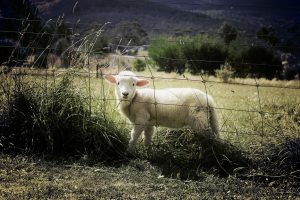
It seems counterproductive to reintroduce predators into a territory (as seen in some states of the USA), then resort to killing them. In addition, the fact remains that the actual number of livestock killed is still in the low single digit percentage in most territories.
Nevertheless, ranchers and livestock breeders find it extremely frustrating when they lose even one animal to wolves.
So here are some non-lethal wolf control strategies that have seen promising levels of success in states like Idaho, Wyoming, Montana, etc.
1) Be Proactive
Avoid and reduce to the barest minimum anything that will attract wolves in the first place. Remember that wolves are opportunistic scavengers with a keen sense of scent.
Thus, they quickly catch the scent of sick/dying/decaying food and livestock. Therefore make it a custom to quickly remove carcasses and bury them well away from where your herd normally grazes.
In addition “the afterbirth from calving can be a powerful attractant for wolves, a fact to consider when planning the timing and location of calving activities.” – Defenders Of Wildlife Livestock And Wolves Manual
2) Erect Effective Wolf Control Barriers
No doubt, erecting an effective barrier that will keep wolves out of your pasture will cost some money. If your grazing ground is large, this may not be effective for you at all.
However, for those that can afford it, there are a number of options to consider for such a barrier.
- Fladry is a type of barrier made up of colorful flags or pendants suspended at intervals from a long rope. It’s a relatively inexpensive method that can keep wolves out from the enclosed land. However, cattle often chew or pull on the fabrics or the wolves become used to it after sometime and become courageous enough to pass under them.
- Turbofladry is a combination of fladry and electrified wire instead of just rope. Experts say it could deter wolves three or more times longer than the normal fladry.
3) Scare Deterrents
There are plenty of scare devices that work such as:
- Air horns.
- Radio-activated alarms or RAG boxes for short. These RAG boxes produce different sounds that will scare approaching wolves away. Although they only work on radio-collared wolves.
- Starter pistols.
- High beam flashlights (quite inexpensive and effective).
- Automated and motion-sensor lighting systems.
- Non-lethal ammunition (for instance, paint balls).
Some nonlethal ammunition can cause serious injuries when used improperly. Therefore, it’s important that users are properly trained before deploying them. Also, they may be illegal or require a special permit in some areas so confirm before buying them.
4) Increased Monitoring: Human Presence And Guard Dogs
Wolves are skilled hunters and masters of stealth. Even so, they will avoid attacking livestock if they sense humans nearby.
Ranchers can see significant reduction in livestock predation if they increase human patrols and use guard dogs as well. This is especially the case during dawn and dusk when most wolves are actively looking for prey.
However, this usually requires personnel on horseback and the costs can pileup. But it can eventually be worth the investment.
5) Re-assess Your Strategy Often
It’s important to note that wolves can adapt to some of these wolf control strategies. So it’s critical you re-asses them at intervals to know what’s working and what isn’t.
Always keep in mind that there are some specific times when wolves will be more attracted to your operations than ever. For instance, during calving and birthing seasons.
Non-Lethal Wolf Control: What The Critics Say
As expected, there are several reactions to the WSU study.
While wolf conservationists hail it as a confirmation of the futility of shooting wolves to save livestock, ranchers have been used to killing wolves for generations and many are still reluctant to stop the act.
For instance, Stan Boyd, the executive director of the Idaho Wool Growers Association, said he admits that his group works with its members to deter wolves without shooting the animals.
On the other hand, Boyd also said “Wolves get into livestock, we kill the wolves. And that works well. The professor can say whatever he wants. We’re not going to just let wolves run wild.”
Obviously, this remains a controversial issue that’s not going to end automatically.
Ultimately, although it appears “quicker, cheaper, and faster” to just kill the predators, it’s not as simple and straightforward as the ranchers think.

